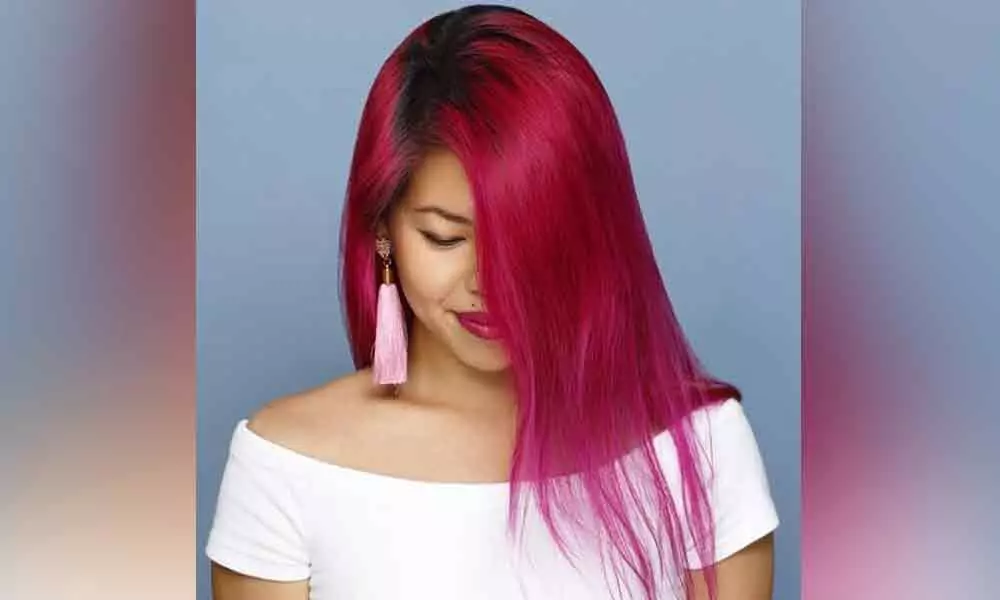Why synthetic hair dye is bad?
 The hair dying industry has gained a lot of momentum in the recent decade
The hair dying industry has gained a lot of momentum in the recent decadeThe hair dying industry has gained a lot of momentum in the recent decade. With a lot more people choosing to drop their natural hair colour and switching to synthetic dyes. They are adding to a lot of hair, skin and health problems for themselves. Fairly agreed upon the fact that the hair dyes endows shine and texture to the hair. But all these benefits are temporary and the harmful repercussions of dying are permanent. Greying, rough and dry hair is just one part of the story and there's a lot more to discover.
The hair is divided into two parts- roots and shaft. So, when you get your hair coloured, it's the shaft that receives the colour and not the root. The shaft is made up of three layers- cuticle, cortex, and medulla. The cortex consists of natural colour pigments. Therefore, when we add synthetic colour, it takes off the natural colour and adds a new colour to the shaft.
Harmful chemicals like ammonia, peroxide, p-phenylenediamine, diaminobenzene, toluene-2,5-diamine, etc, hair dyes have them all.
These chemicals cause eye and lung irritation, hair breakage, dandruff, chemical burns and sometimes cancers as well. The formulation of hair dyes is changed in a way that now it can be done easily at home as well. But to save your hands from the toxic chemicals, you need to wear gloves and follow various complicated instructions.
But how about getting the hair colouring done without the harmful repercussions? There's always an organic way to everything. Let's unveil some of these ways.
. Contradictory to the popular fact, henna doesn't always impart burning orangish colour. 200 grams of henna powder, when mixed with 2 teaspoons of amla powder, half teaspoon of walnut bark powder, one teaspoon of coffee powder and strained black tea, imparts red-burgundy hue to the hair. Please soak this mixture overnight and apply it the next day for 2-3 hours. For best results, you can oil and shampoo your hair the next day.
. If grey hair is your concern, then apply this mixture every week for the first month and then switch to twice a week.
. For darker hues, indigo mixed with henna imparts blue-black colour. But, remember to do a patch test always because indigo may cause high blood pressure or headaches. Getting this done professionally could be a suitable choice as well.
. Chemically treated hair or organically treated hair; both require special care. Bhringraj oil should be a potential choice for hair care concern. Or, make a blend with 50g of Brahmi powder, burnt dry amla powder, and 200ml of coconut oil. Shimmer this blend on a slow heat for half an hour and let it stand overnight. Then, strain this mixture and use this oil twice a week.














